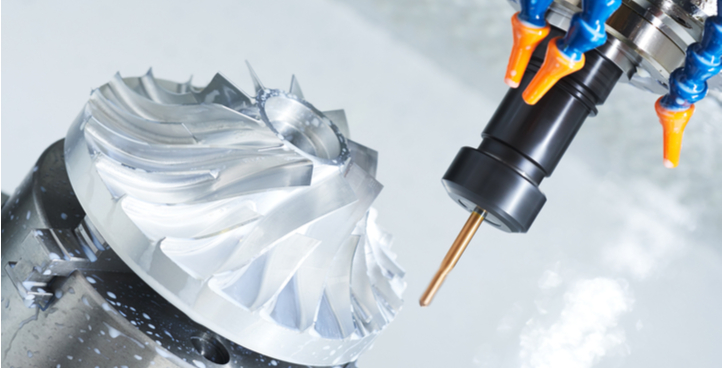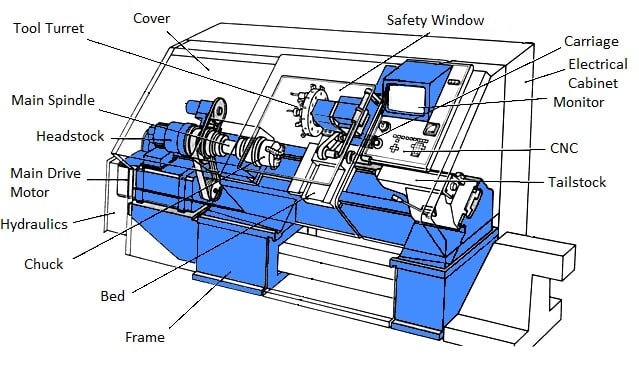The Most Common Types of CNC Lathes

The Most Common Types of CNC Lathes
The Most Common Types of CNC Lathes. Extremely accurate, CNC lathes are used to turn out thousands of identical components. Turning machining China Inc.’s lathes are set up for high repeatability. With minimal opportunity for human error, the CNC lathe services we offer return impeccable results for our customers.
We use lathes in our CNC turning service, offering precision, scalability, custom finishes, and vast material selection — all with rapid turnaround times. Turning machining China Inc. has over 20 years of experience operating CNC lathes. Get an instant quote for your next CNC lathe or CNC turning project now. Contact us or give us a call at +86-755-29621901.
The main difference between a CNC lathe and a conventional one is that a CNC lathe can have up to six machining axes, and possible milling tool options, too, while a conventional lathe is usually restricted to two axes. The four primary styles of CNC lathes are:
- Horizontal CNC Lathes — primarily used for turning and boring; one of the most popular machines in the industry
- Vertical CNC Lathes — used in smaller workshops/facilities for oddly shaped, heavy material; holds material vertically and spins it like a top
- Horizontal turning centers — are enclosed CNC lathes that utilize CNC Milling and drilling; can include multiple axes and tools
- Vertical turning centers — are essentially a combination of a horizontal turning center and a CNC mill
A Look Inside a CNC Lathe
Turning machining China Inc. operates multiple CNC lathes in our facilities, handling various projects simultaneously and with the utmost care for precision and safety. One false move or mistake could lead to serious problems. That is why all of our experienced machinists know absolutely everything about each of these components of a CNC lathe:

A look inside a CNC lathe. (Source: www.engineering.com/story/an-engineers-guide-to-cnc-turning-centers)
- Frame: the base of the lathe, provides support particularly with heavy material
- Bed: provides stability for the machine and is used to start the sliding action; can occasionally be extended or can function as a conveyor belt
- Chuck: responsible for holding/clamping the material that is going to be machined; can have 3 jaws (self centering) or 4 jaws (independent)
- Hydraulics: power the main drive motor and the chuck
- Headstock: mounted in a fixed position; using the chuck it rotates the material
- Spindle: hole through the headstock, the rotating axis of the lathe with a shaft at its heart
- Tool turret: the tool carrier for the lathe; shape and size dependent upon the number of tools mounted and/or used for project
- Cover: houses the safety window and maximizes safety levels
- Carriage: used for mounting and moving most of the cutting tools
- Electrical cabinet: acts as cooling center for the lathe to counter overheating, powers foot pedals/external controls used to open or close the chuck, headstock, or tailstock
- Monitor: houses and works with CNC control panels, which are the “brains” of the lathe; machinists control the entire project from here
- Tailstock: center mounted directly opposite the headstock; used for boring; usually non-rotating
Your Experienced CNC Lathe Machinists | Turning machining China Inc.
Speed and volume are often important considerations for our customers. Our CNC lathes work at a rapid pace, meaning we can create large numbers of well-finished materials in a short amount of time. By utilizing our automated CNC machines and CAD/CAM software, we can produce parts to meet your specifications. We have the capacity to handle a variety of your production needs from prototyping to short, medium, or long production runs.
For assistance with your next CNC machining project, or to get a free quote give us a call today at +86-755-29621901 or contact us.
